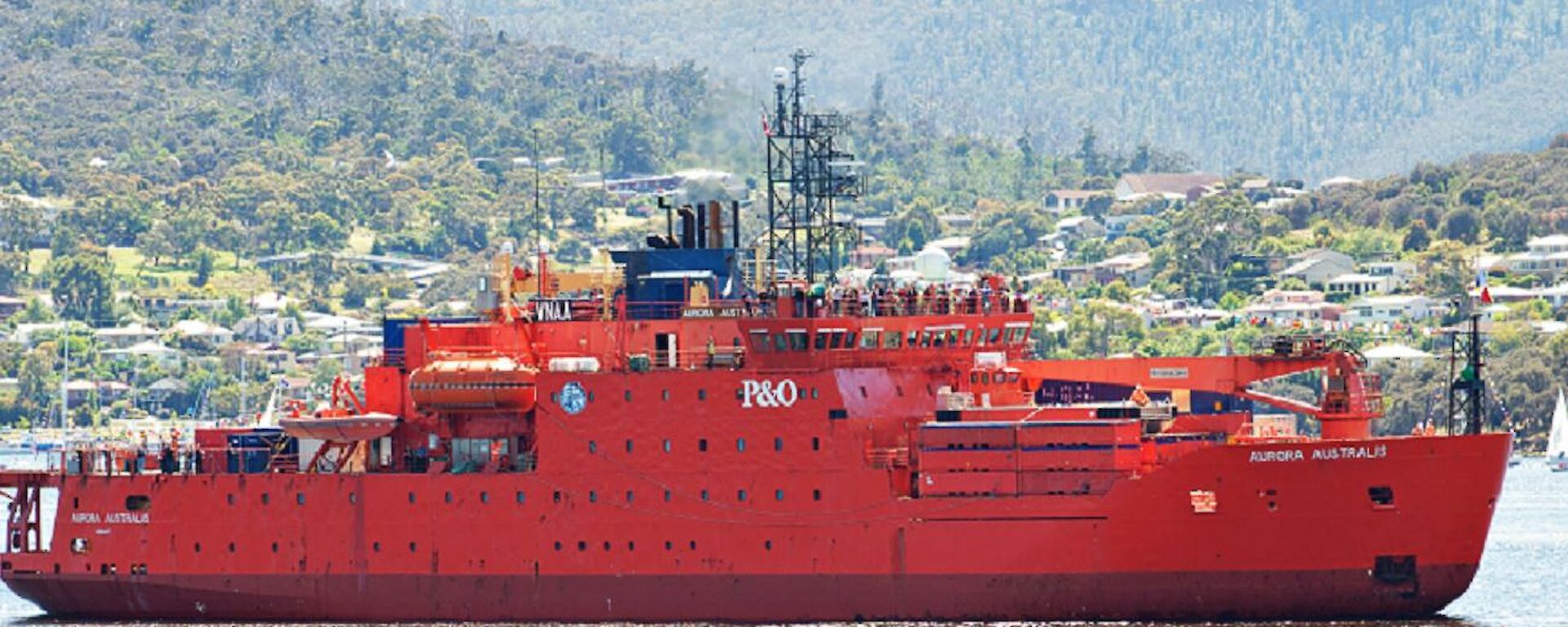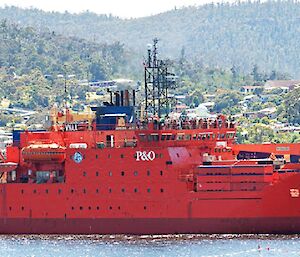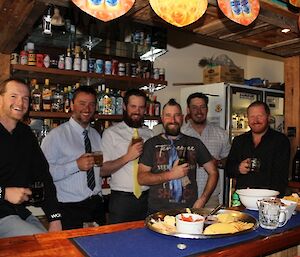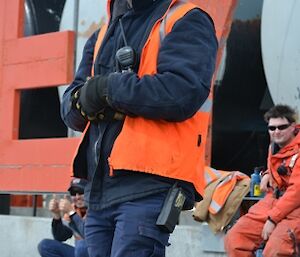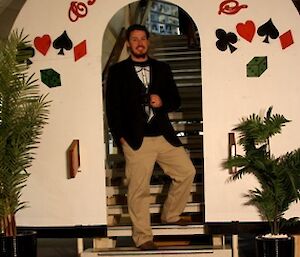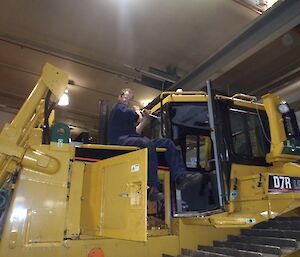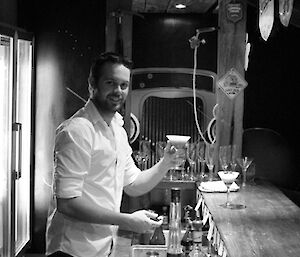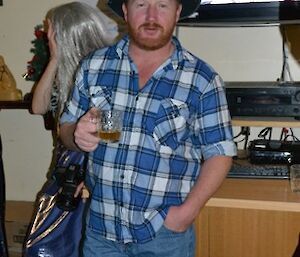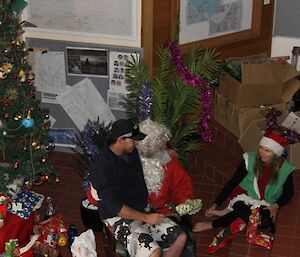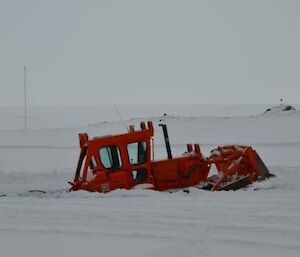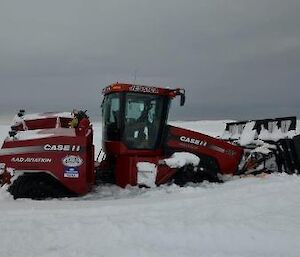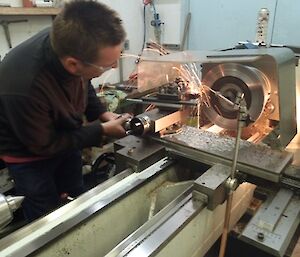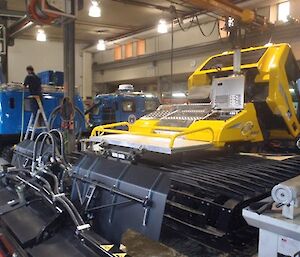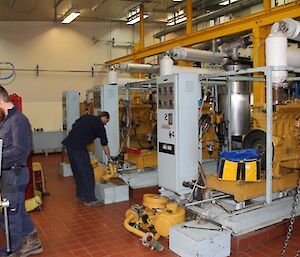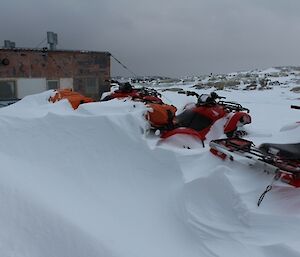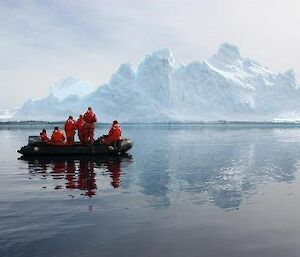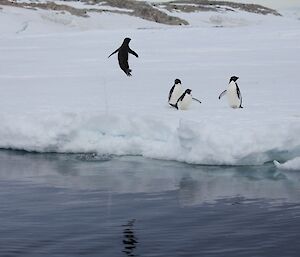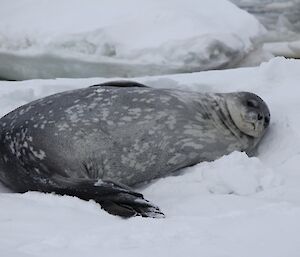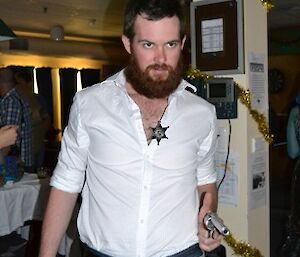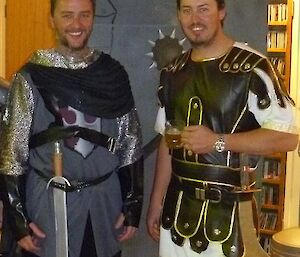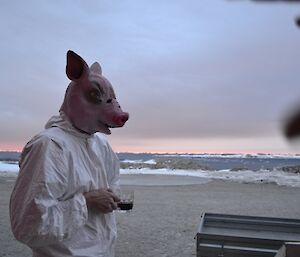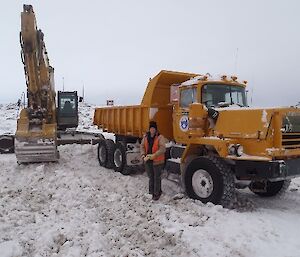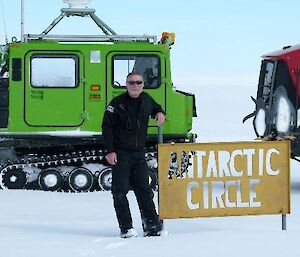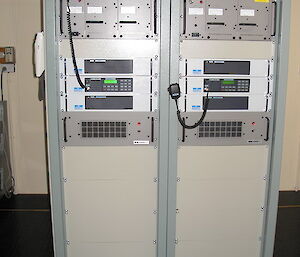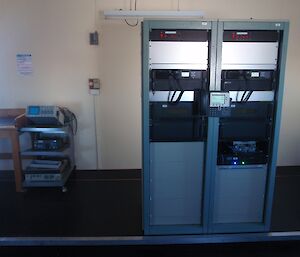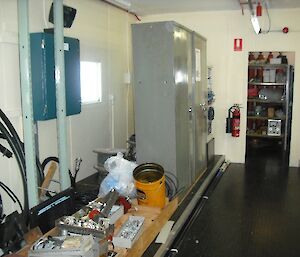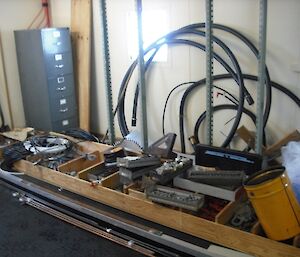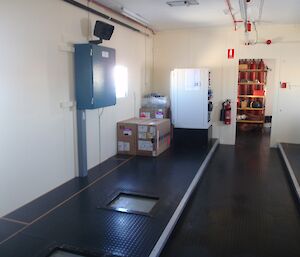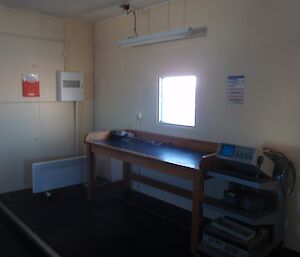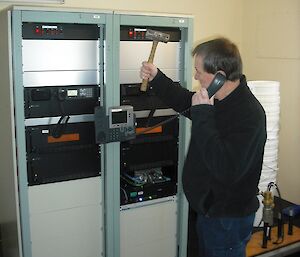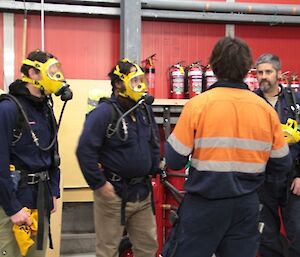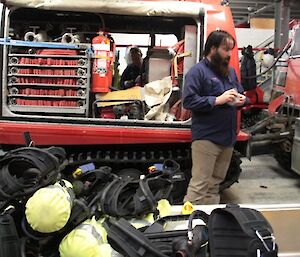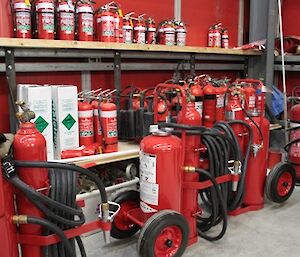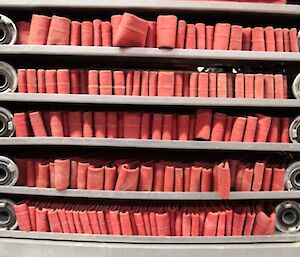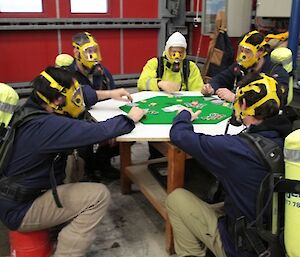After completing our initial selection centre and having been given word of a successful application, the Casey Station summer and winter diesel fitter crews (dieso’s) were assembled in Kingston for 3 months of pre-departure training in Sep 2011.
The training included introductions to specific machinery, some unique to the Australian Antarctic Division. Machinery such as Hägglunds over snow Vehicles, Prinoth Snow groomers, Power generation facilities, Honda ATV’s, Herman Nelson heaters, Grove Cranes, and a myriad of CAT Earth moving machinery. We were given the opportunity to focus not only on the maintenance aspects but to complete the operator course for each piece of equipment, as this role is more than just providing maintenance. Prinoth Snow groomers, Power generation facilities, Honda ATV’s, Herman Nelson heaters, Grove Cranes, and a myriad of CAT Earth moving machinery. We were given the opportunity to focus not only on the maintenance aspects but to complete the operator course for each piece of equipment, as this role is more than just providing maintenance.
After completing the required training the summer crew (Rhian, Greg and Heath) departed early for Casey Station via the American Antarctic base McMurdo, flying from Hobart aboard the luxurious Snowbird 1, and then transferring across from McMurdo to the Casey Ski-way on an LC130 Hercules. This left the remaining three winter crew (Jason, Cameron and Mike)to finalise some additional training and complete the journey south via the southern ocean on the Aurora Australis.
The journey south on the ship was an amazing experience, getting to know different people with whom we would be sharing the next few months, taking in the scenery and spectacles of the southern ocean and its wildlife, crossing the 60 degree latitude and being summoned by Australis Rex, ruler of the Southern Ocean, to partake in his acceptance ceremony. These are all memories that will not be forgotten.
After the arrival of the ship we were introduced to the existing team and shown around station, learning the ins and outs of how things are done on station. Re-supply commenced and seemed to go on forever and finally at the completion the station was handed over and we were introduced to a few days of Antarctica weather, including record 108 knot winds and an extremely rare lightning strike that set off an early morning fire alarm! (What a start, all within 24 hrs!)
However it didn’t take long for all to feel at home and become familiar with how things were going to run over the coming months. People were very friendly; all were happily setting about their tasks. We celebrated our belated Xmas and New Year in style and work was in full swing as we all completed survival training, travel training and Vehicle induction training.
Machinery was being utilised and of course breaking down. People were becoming accustomed to the cold weather and what effect it played on the equipment. With the summer melt in full swing it was inevitable that sooner or later vehicles would become a little stuck and true to tradition it happened.
The work presented was various and at times a challenge given the remoteness. “It is not like we can just drop down to the local supplier and purchase the required parts”; however we managed to keep the entire station plant operational over the summer months. The old adage where there’s a will there’s a way, rings true.
It has not been all about the work however, time here over summer has provided many opportunities to get out and about, on various vehicles and partake in the landscape, Field Huts and wildlife we all ultimately came here to see; and to enjoy the finer parts of station living like the themed casino night and the medieval night.
All in all the summer has been an extremely busy time for Team Dieso. We managed to not have any power outages during the summer, no fuel spillages, rescue a number of vehicle’s from breakdowns and boggings around station, provide support to various science and field trips. We serviced many integral pieces of plant and equipment required around station, conducted driver training on the plant and affiliated snow vehicles, completed the annual Main Power House Shut down, assisted with planning and building props for station social functions, and yet still managed time to explore this special place.
Rhian and Greg headed home on the Aurora Australis at the beginning of the month with the rest of the summer crew and unfortunately Heath (our aviation mechanic based at WIlkings during summer) returned to Australia earlier in the season and so won’t be spending the winter on station with us as planned. But Cameron, Mike and I (Jason) are now settling into our winter routine and we welcome two new additions to the team. Misty McCain and Jon Mitchell have both been working in the aviation team over summer, Misty at the Casey Ski-way and Jon at the Wilkins Aerodrome. It’s great to have them on station full-time now for the winter as part of Team Dieso.
Jason Blackwell (Plant Inspector/Mechanical Services Supervisor)

